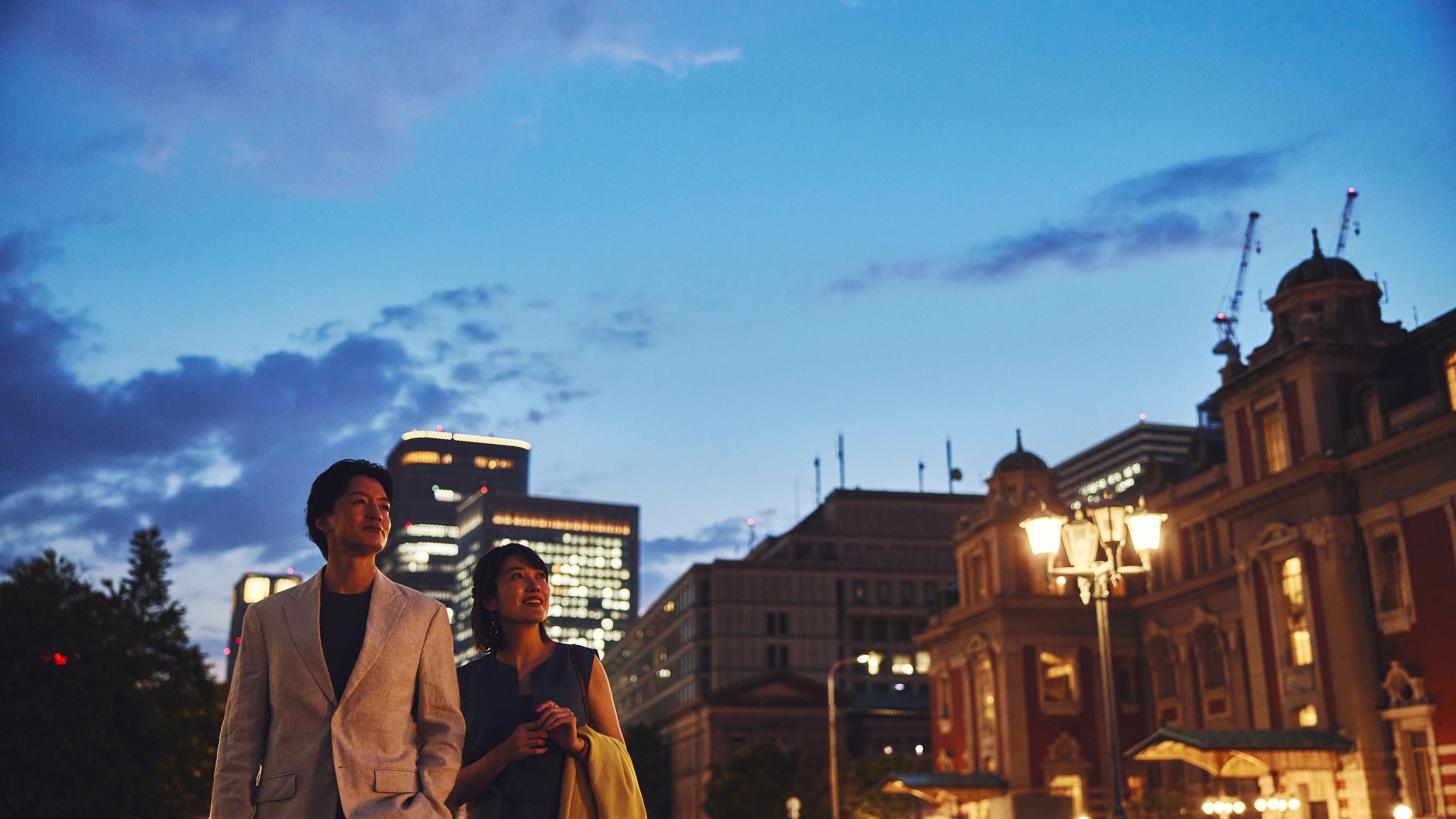
Don't leave without...
The hotel was developed with the idea that it will serve as a base for "touring" various parts of Osaka. The Kyomachibori area around the hotel has been historically a bustling place with merchants opening markets since ancient times, and the open-air restaurant facing the street offers a sense of the bustling Osaka city center.
Places to explore
Osaka Castle
1-1 Osaka-jo, Chuo-ku, Osaka, Osaka 540-0002
2.98 MI/ 4.8 KM away
Osaka Castle is one of the most famous landmarks in Osaka. With a history dating back over 400 years, the grounds and building itself is visually spectacular, covering approximately 61,000 square metres with five stories. This castle was built by Hideyoshi Toyotomi who had a love of gold and insisted to have it used in the castle's interior. It is a beautiful representation of traditional Japanese architecture following many years of destruction and rebuilding.
Shinsaibashi, Tenjinbashi Street
2.98 MI/ 4.8 KM away
Shinsaibashi Shopping Street is a retail haven covering eight blocks and 600m long. The area has been a retail center since the 18th century, offering food, clothes, souvenirs and so on. Take a stroll down the street and experience the local shopping culture.
Utsubo Rose Garden
1-9 Utsubohon-cho, Nishi-ku, Osaka, Osaka 550-0004
0.31 MI/ 0.5 KM away
Utsubo Park is one of the only large parks within the busy Osaka city area. It has an extensive rose garden which has around 3,400 roses of 170 unique species. It is believed to be the most spectacular in May but it is also a delight to attend the festivals that take place during Spring and Autumn.
Nakanoshima Promenade
Nakanoshima 2-3, Kita-ku, Osaka, Osaka 530-0005
0.5 MI/ 0.8 KM away
Running around the Nakanoshima region, it is considered a symbol of Osaka. Along the course, the riverbank is filled with greenery and the view of it calms our mind in the midst of this busy city.
Osaka City Central Public Hall
1-2-27 Nakanoshima, Kita-ku, Osaka, Osaka 530-0005
0.62 MI/ 1 KM away
This is the first public hall of a national importance in Western Japan. The beautifully renovated hall with magnificent appearance and refined interior design. It was highly-esteemed as a historical architecture, which is essential for the scenery of Nakanoshima. This building is a cultural asset of national importance since December 2002.




